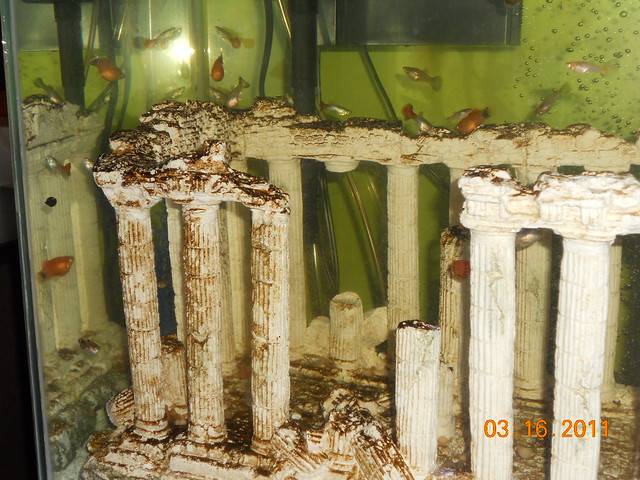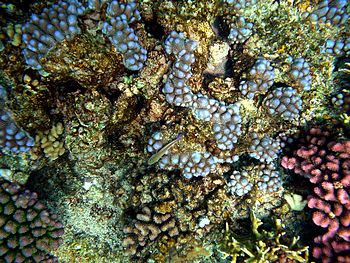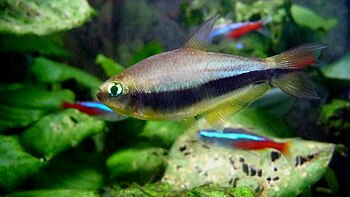Berlin Zoo is a very attractive park, lying to the east of Berlin. Here, great attention has been paid to the various habitats so that they complement the surroundings and enrich the lives of the animals who live in them. To the west of Berlin lies the city centre zoo, Germany's longest operating zoo, in which a very large number of animals of various species live. These two zoos are the result of years of division in Germany, when it was split along east/west lines. When the country was unified, the zoos lived on. Between the two of them, an amazing number of species can be seen which you would be hard pressed to see anywhere else, making this city a must-visit for lovers of animals.
 |
| Main entry of Tierpark Berlin Deutsch: Haupteingang des Tierpark Berlin (Photo credit: Wikipedia) |
The Zoo Aquarium is more than just an attraction to entertain all the family - it is also playing its part in conservation, with a wealth of animal life spanning more than 9000 individuals from nearly 800 species, spread across a mix of vivariums and aquariums. The wonder starts immediately when you walk in the door - in the lobby is the ornamental koi carp, who love being given food and gently stroked. On the same floor live a stunning variety of fish (including jellyfish, cow nose rays and black tip reef sharks) and corals. On the 1st floor are the reptiles, where the crocodile hall (the world's first public vivarium) has been entertaining the public for nearly a century now. A variety of lizards, turtles and boas, to name just a few, also live here. On the upper floor are the insects and amphibians, including the amazing leaf-cutter ants display. Here you can see the ants carrying the leaves through long transparent tubes between the terrariums.
The Tierpark Berlin, Europe's biggest zoo spanning several hundred acres, is renowned for its success in breeding elephants - welcoming 15 babies since 1999. Approximately 7800 creatures, representing almost 900 species, live here. They include unique species such as sun bears, Indian giant flying foxes, lemurs and red and black varis, which live in habitats such as the Hummingbird-Crocodile House, Afrikanum, Tropical Hall, Snake Farm and Vari Forest. The zoo has been showing animals to the public since the mid 50s, when it was located at Friedrichsfelde Palace, dating from the late 17th century. Since 2009 the palace has again been subsumed into the grounds of the zoo and is a venue for regular events, such as concerts.
From the moment you walk through the Elephant Gate entrance of the Zoological Garden, which consists of two elephants holding up two massive columns, under a ceiling which features carvings and paintings, you know you are somewhere special. It was the country's first zoo, opened in the late 19th century and today is home to about 16000 animals from 1500 species. There are hippo, predator and nocturnal houses, and Europe's biggest aviary. The aquarium features a huge variety of sea life, such as piranhas, coral fish, and sharks.
At Sea Life aquarium, thousands of sea creatures such as jellyfish and sharks can be seen in a carefully recreated habitat. Some of them even enjoy being stroked! The building is designed and constructed so that one feels they are going on an underwater trip, following the Spree River to the Atlantic Ocean, before spanning out to the Pacific and Indian Oceans. Over 5,000 animals live here. The AquaDom is the world's biggest freestanding aquarium, served by a glass elevator which lets you see shoals of exotic fish swimming in 1,000,000 litres of saltwater.
Christine Brookes writes for various travel journals and websites including Hotel Reservations Global where best prices for hotels in Berlin can be found in a range of hotels in Germany. Article Source: EzineArticles |









